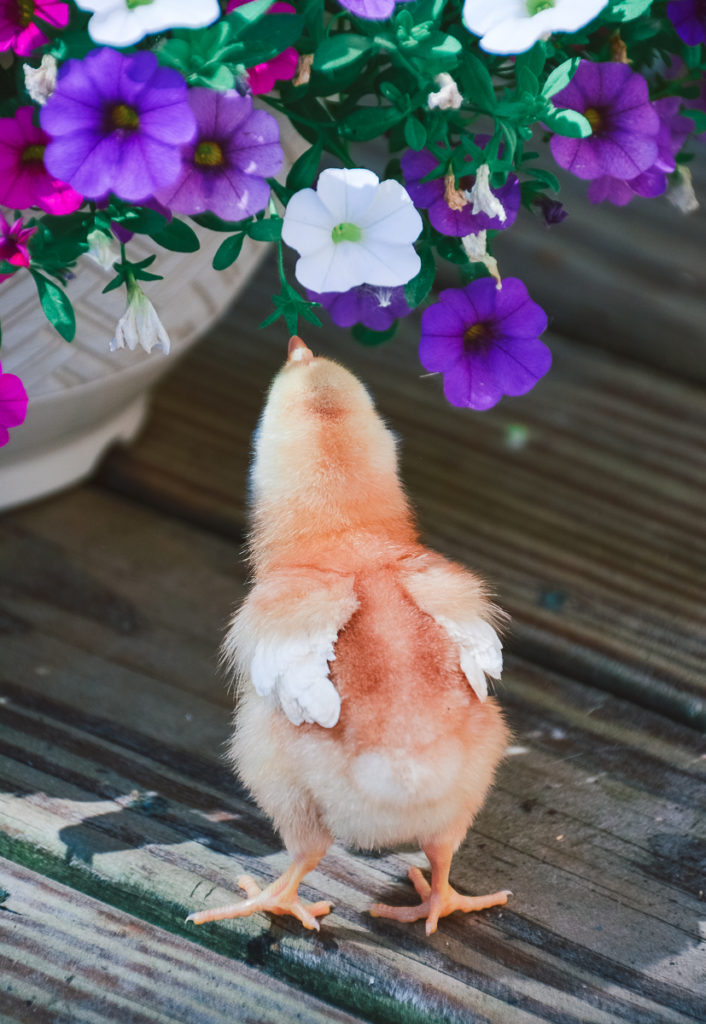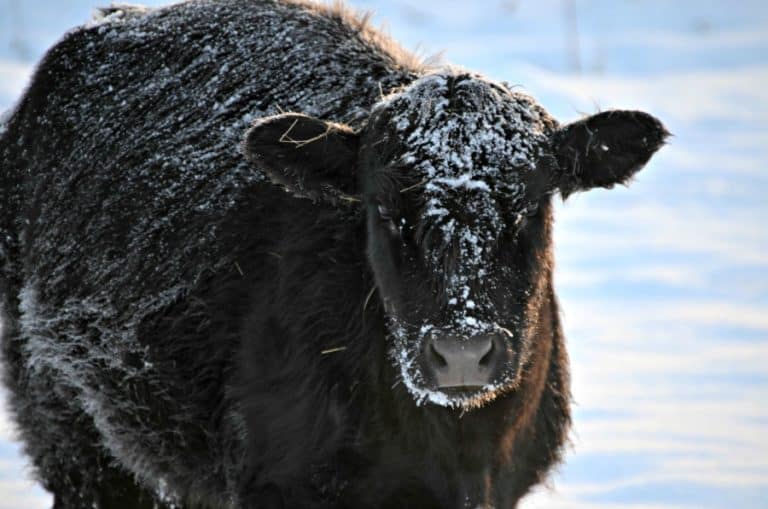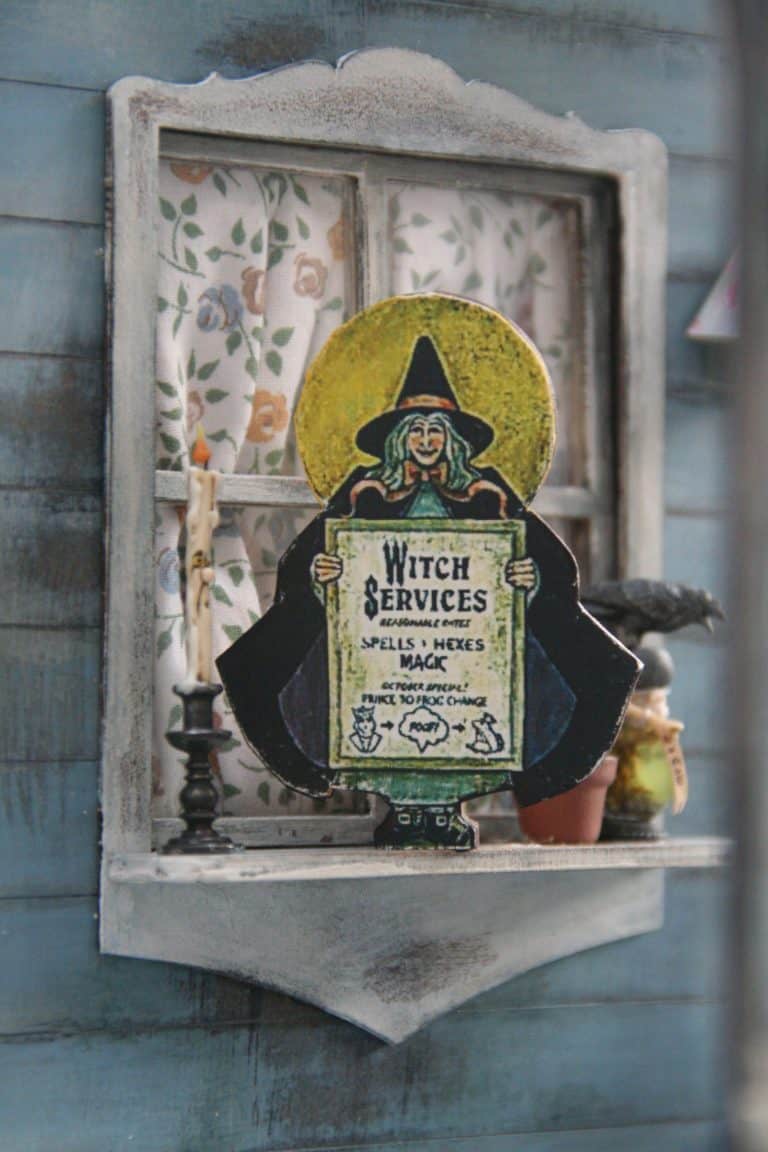What To Do During the Dead of Winter To Prepare For Spring Chicks
Winter is the unoffical chicken-planning season! Use this time to be sure place your hatchery order, and plan the housing and care for your new baby chicks.

The holidays are definitely something my family looks forward to, and are somewhat of a yearly milestone. But after the presents have been unwrapped, and the holiday decorations are taken down, here in Upstate New York the days are still short, the air is still frigid, snow is still falling, and spring can feel like it’s a million years away.
This is the time of year when many of us are feeling like we’ve been in the house for months, and are starting to get a little bored, but mid-winter is actually the perfect time to get the ball rolling on establishing your own backyard flock, or adding to an existing flock. Winter is also the perfect time to plan coop upgrades or additions, learn more about different breeds, and place your spring chick order.
I’ve found planning my spring flock additions and summer gardens is a great distraction from the long dark winter days.
How To Prepare For Spring Chicks During the Middle of Winter
Winter is the unoffical chicken-planning season! Use this time to place your hatchery order, and plan the housing, and care for your new baby chicks.
Research the Breeds of Chickens that will be best for your Backyard Flock
With more than a hundred breeds of chickens to choose from, it can be challenging trying to figure out which breeds you want to raise. Use your downtime during the winter to research the best breed for your unique situation.
Some questions to consider when thinking about chickens for a backyard flock are…
- Do you want to involve your kids? Buff Orpington chickens originally from England, are a large, friendly, fluffy feathered breed that are perfect to kids. They are lovable, curious, mellow and enjoy being held.
- What’s Your Local Climate like? In Upstate New York our winters can range mild to pretty harsh. January and February can be particularly frigid, so I need hens that can tough it out. Rhode Island Reds and Australorps are great cold hardy chicken breeds.
- Is egg production top priority? Leghorns, Rhode Island Reds and sex linked chickens are prolific layers and will keep you well supplied just about all year round.
- Do you want to experience a hen hatching and mothering chicks? Some breeds are more likely to go broody and sit on her eggs and raise baby chicks. Silkies, those fuzzy little chickens that look more like a childs toy than chicken, are the most consistent breed that goes broody. Size doesn’t matter with Silkies, they will hatch any size fertilized egg and even care for many other types of fowl.
- Will you need to confine your chickens? There are a variety of reasons why allowing your chickens to free range may not be an option for you. If you can’t let your chickens range free, the confinement factor is important for a happy, healthy flock. Orpington and Delaware chickens handle confinement very well, while a barred rock will likely be downright miserable if she isn’t allowed to free range.
Order Your Chicks EARLY
Locally, when the spring weather begins to warm in March and April, a lot of people start thinking about beginning or adding to a backyard flock. Unfortunately, this warm weather spring chicken fever, causes hatcheries to rapidly sell out of many desirable and rare breeds during those months. If you wait and place your order in March or April, you may end up waiting a month or more before the breed you want becomes available.
The best time to order day old chicks for delivery in early spring is actually shortly after the holiday season! Most of the large mail order hatcheries open up their spring chick availability in early January and actually send out physical paper catalogs in the mail around that time also.
Reserving your chicks ahead of time helps to ensure you will get the breeds you want, when you want them.

Gather Brooder Supplies
Once you’ve placed your order for day old chicks it is helpful to gether all the supplies you will need for your new chicks well before they arrive. You’ll need several supplies for housing the baby chicks and for keeping them warm and well-fed. You’ll want to pick up Non-medicated flock raiser feed , Electrolyte and Vitamin Supplement for Poultry, soft wood shaving bedding, an artificial heat source, and any feeders and waterers you may need.
Generally, your chicken starter kit should include these items:
- 10.5 in. brooder reflector lamp
- Red heat lamp bulb
- chick feeder
- Non-medicated flock raiser feed
- Bedding
- Brooder
- Brooder Thermometer
- Electrolyte and Vitamin Supplement for Poultry
Evaluate Your Coop Needs
Once out of the brooder your chicks will need a place to stay dry, warm, and also to keep cool. A coop that is insulated, ventilated, and provides perches and nesting boxes is very important to the health, safety and wellbeing of your flock. Coops can be easily constructed out of recycled wood, purchased brand new, or found on craigslist.
Skimping on the space requirements for a backyard flock will cause stress, bullying, and may lead to health issues. The minimum spacing is below a good reference, for flocks that spend most of the day free-ranging in a yard or protected pasture. Confined flocks will likely need much more coop space.
- The minimum space necessary for each mature laying duck in your coop is three square feet.
- The minimum space necessary for each mature laying chicken is about 2 to 3 square feet per chicken inside the chicken coop.
- Provide enough perches so each chicken has 12 inches of space on the perch.
I house my mixed flock in a unheated shed that has been converted into a chicken coop. My coop sits on a concrete slab, has a window and large ground level door. While my coop isn’t perfect, it has worked well for my flock. I like to collect coop ideas and inspiration on PInterest to help me better accommodate my flock, and apply DIY modifications as needed. I constantly keep my eye open for new or different ideas to make changes or additions to my flock’s living spaces.
Think About Predator Protection
No matter what your chicken coop might look like, or the purpose your chickens serve, the threat of a predator attack is a very real possibility. In my area I have a very hard time with foxes, but you may have different threats to your flock depending on where you live.
Physical barriers will be one of the most useful predator protection you can offer your flock, take the time during winter to plan your fencing. Winter is a great time to take measurements and get unobstructed views of run areas and pasture, since most weedy vegetation will have died back.
Barriers should include a fence at least 5-6 feet high, and a 12” trench all the way around the perimeter of the coop and run with buried wire mesh hardware cloth to prevent predators from digging under. An alternative to a trench is to extend a 12” apron out from the perimeter. An apron isn’t as effective as a trench, but will provide some measure of security from digging predators such as foxes.

Are you getting chickens this spring? Adding to your flock? I hope these tips will help you and your birds in the coming season!







